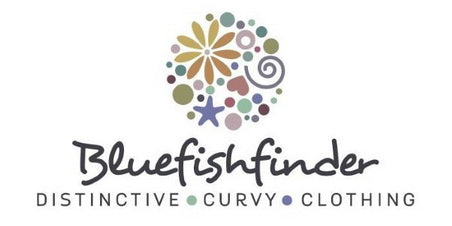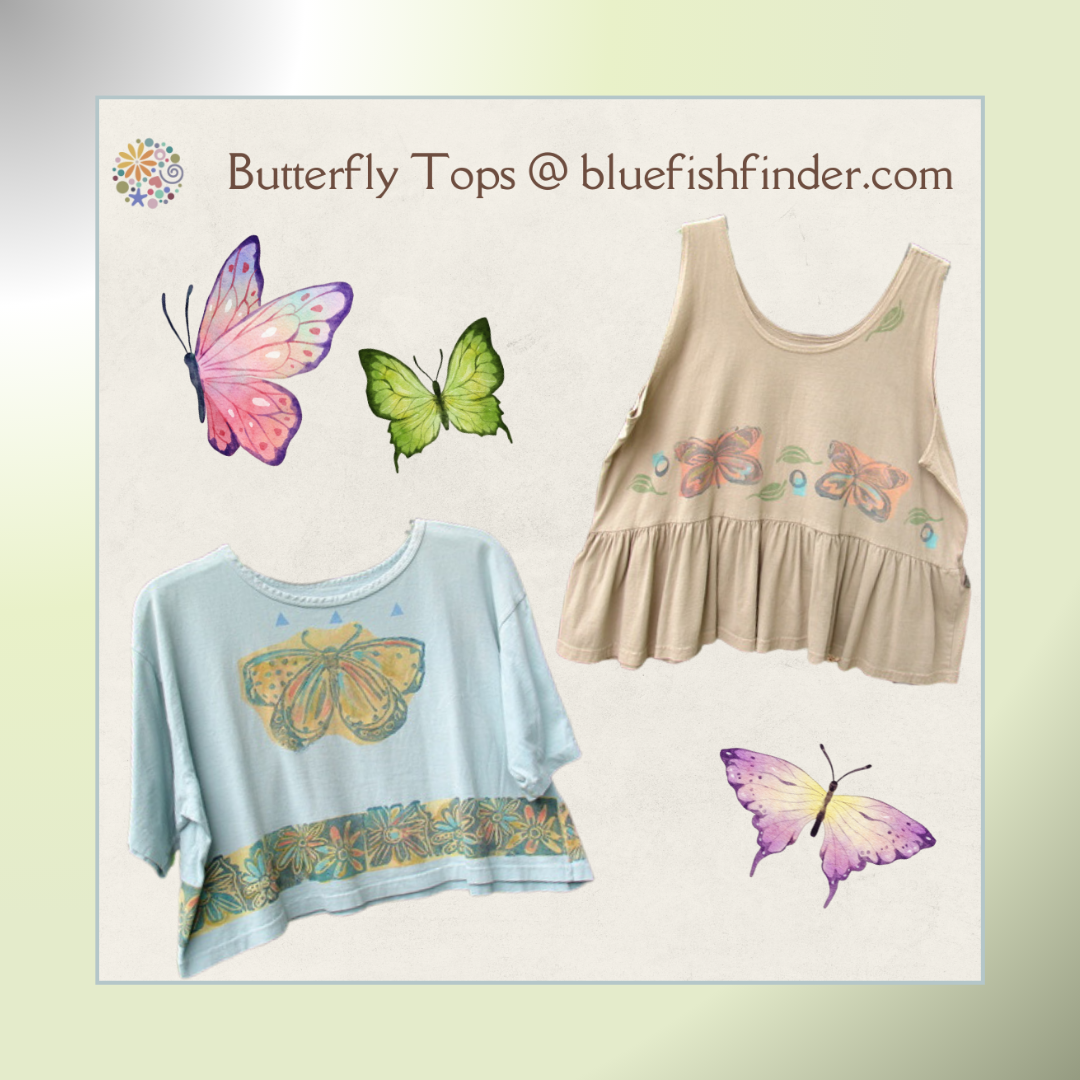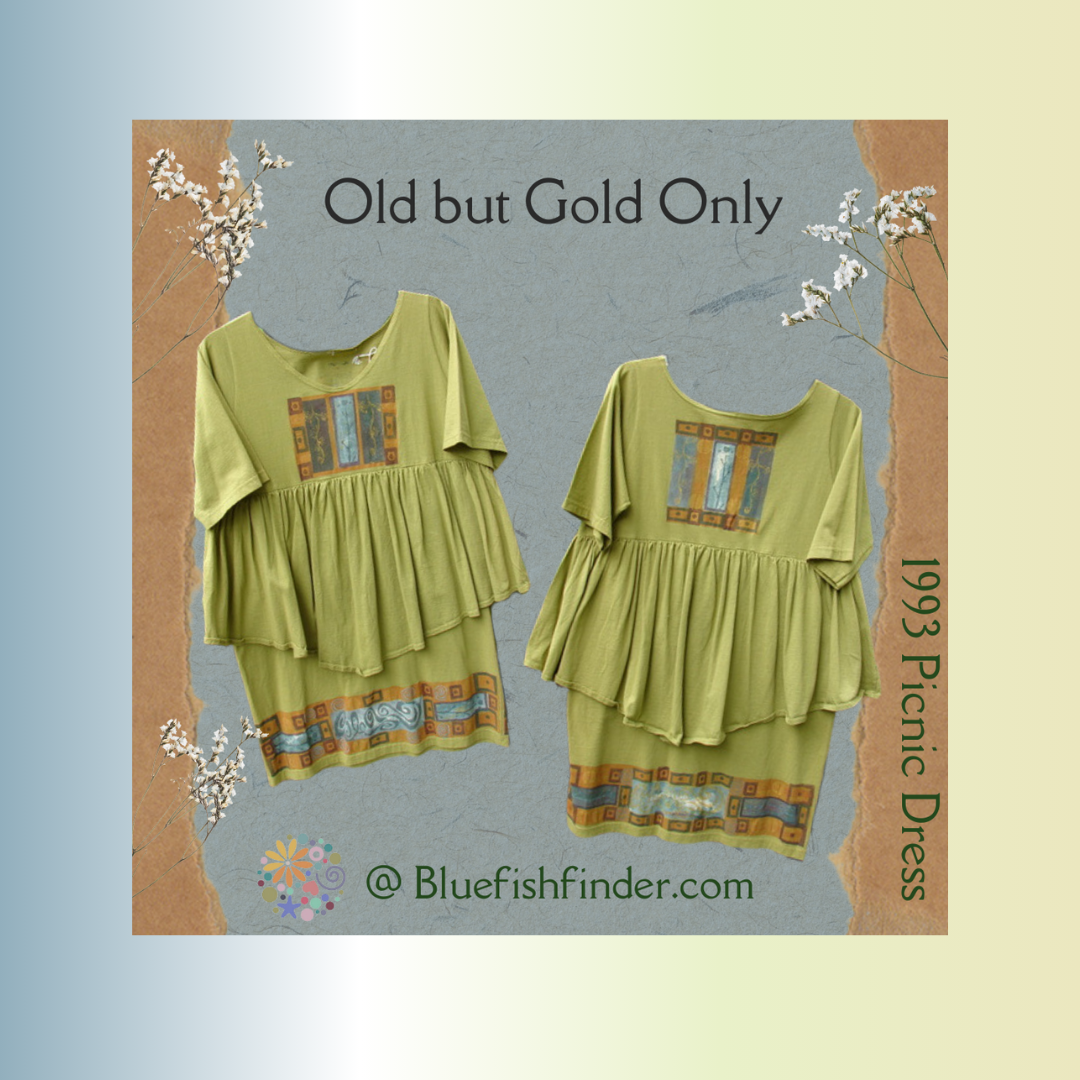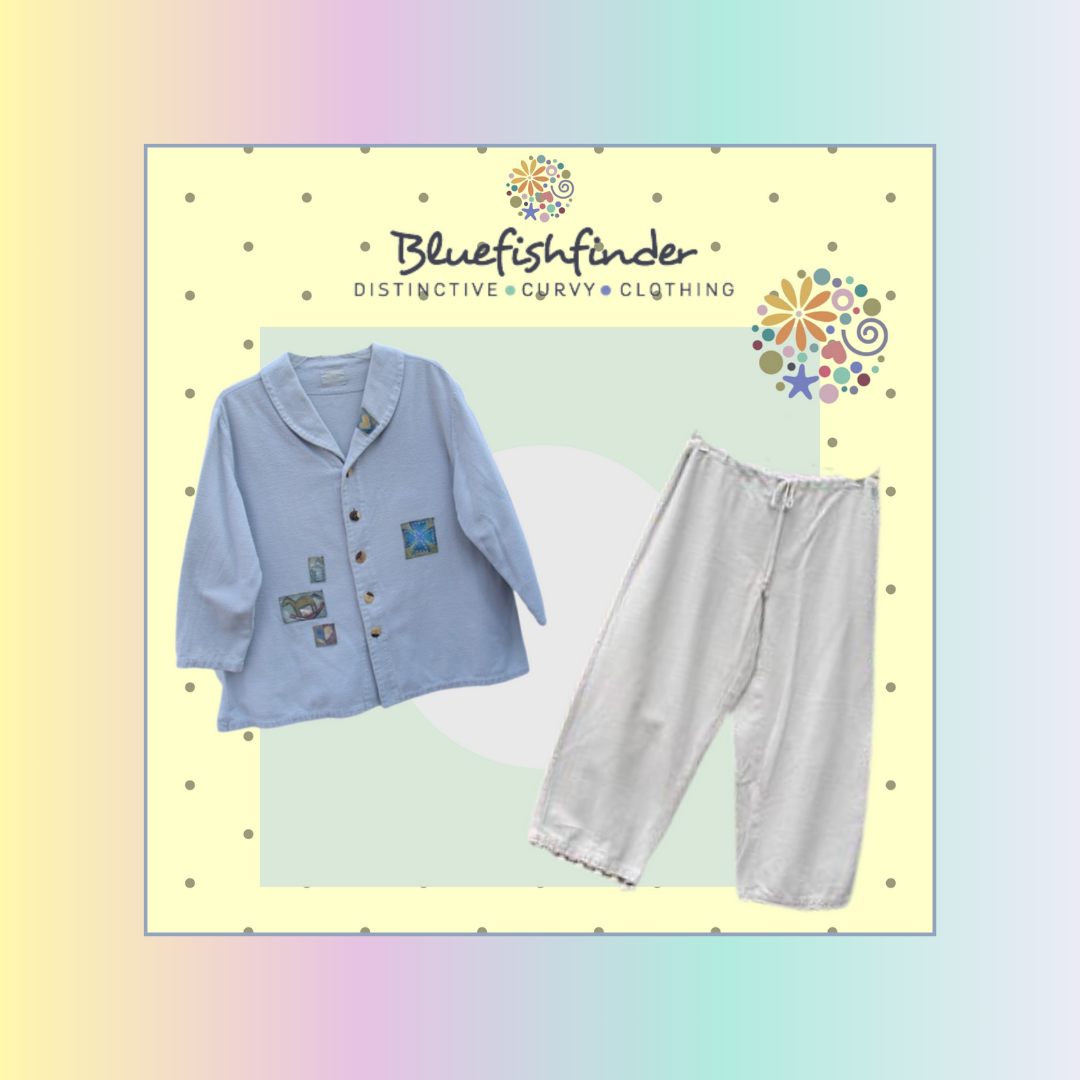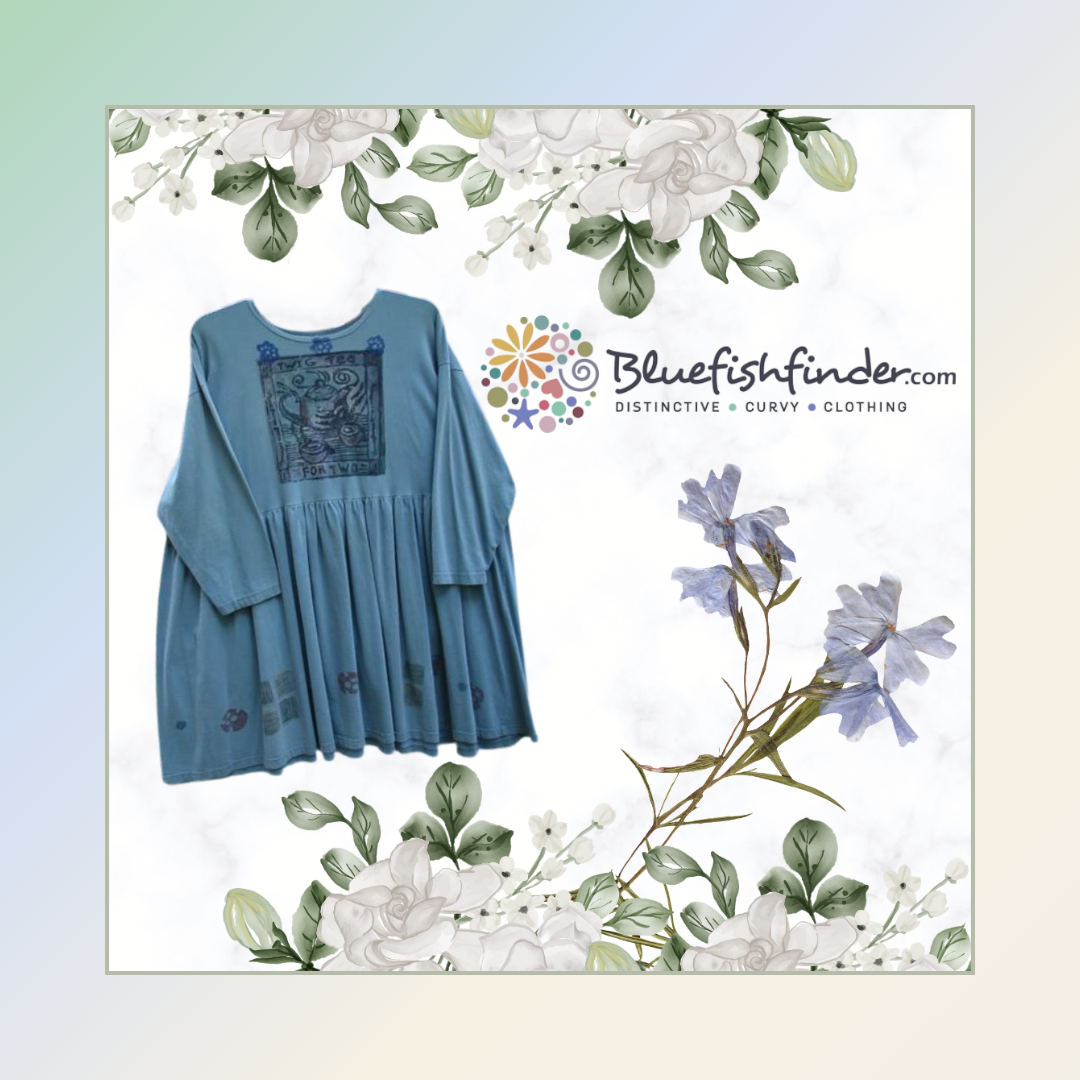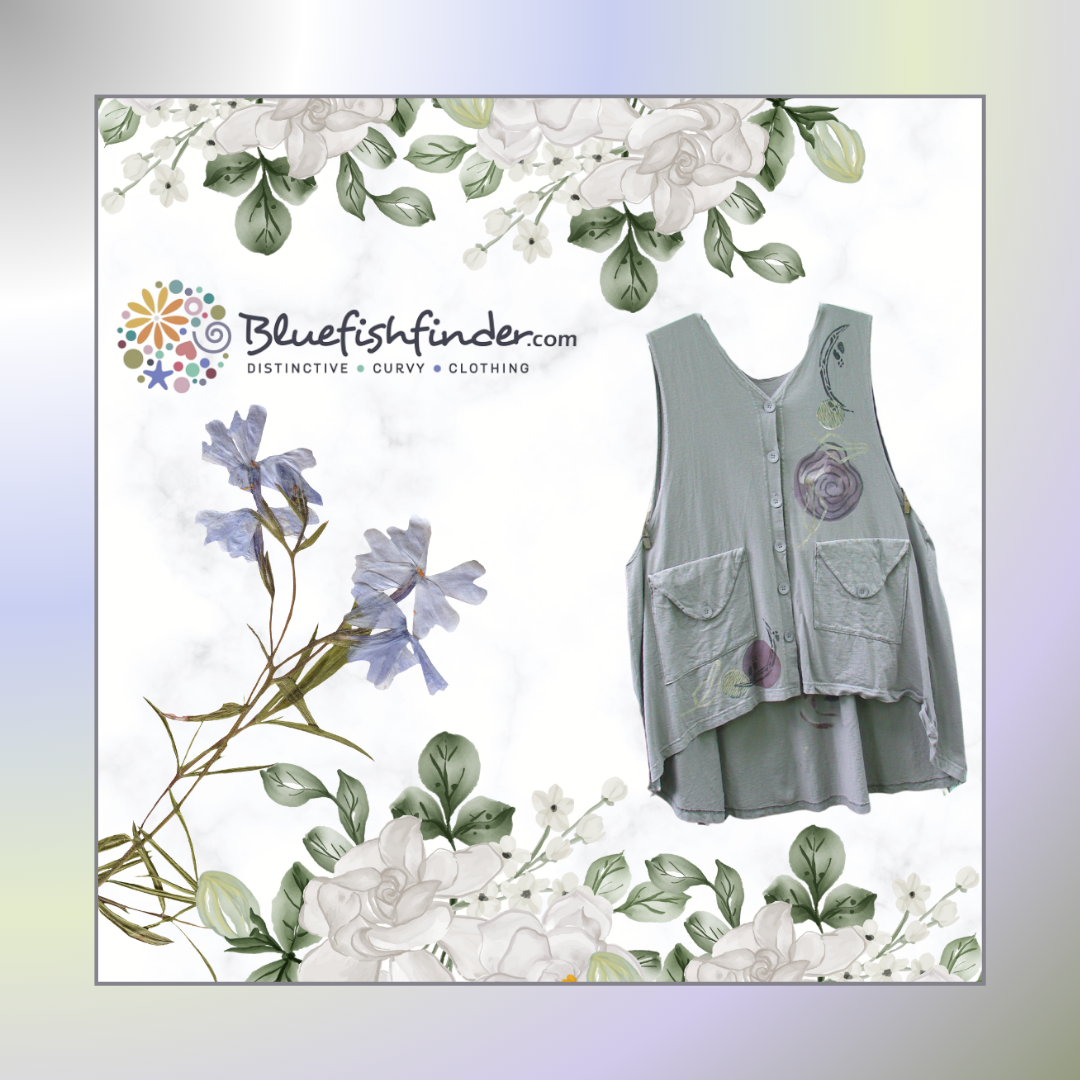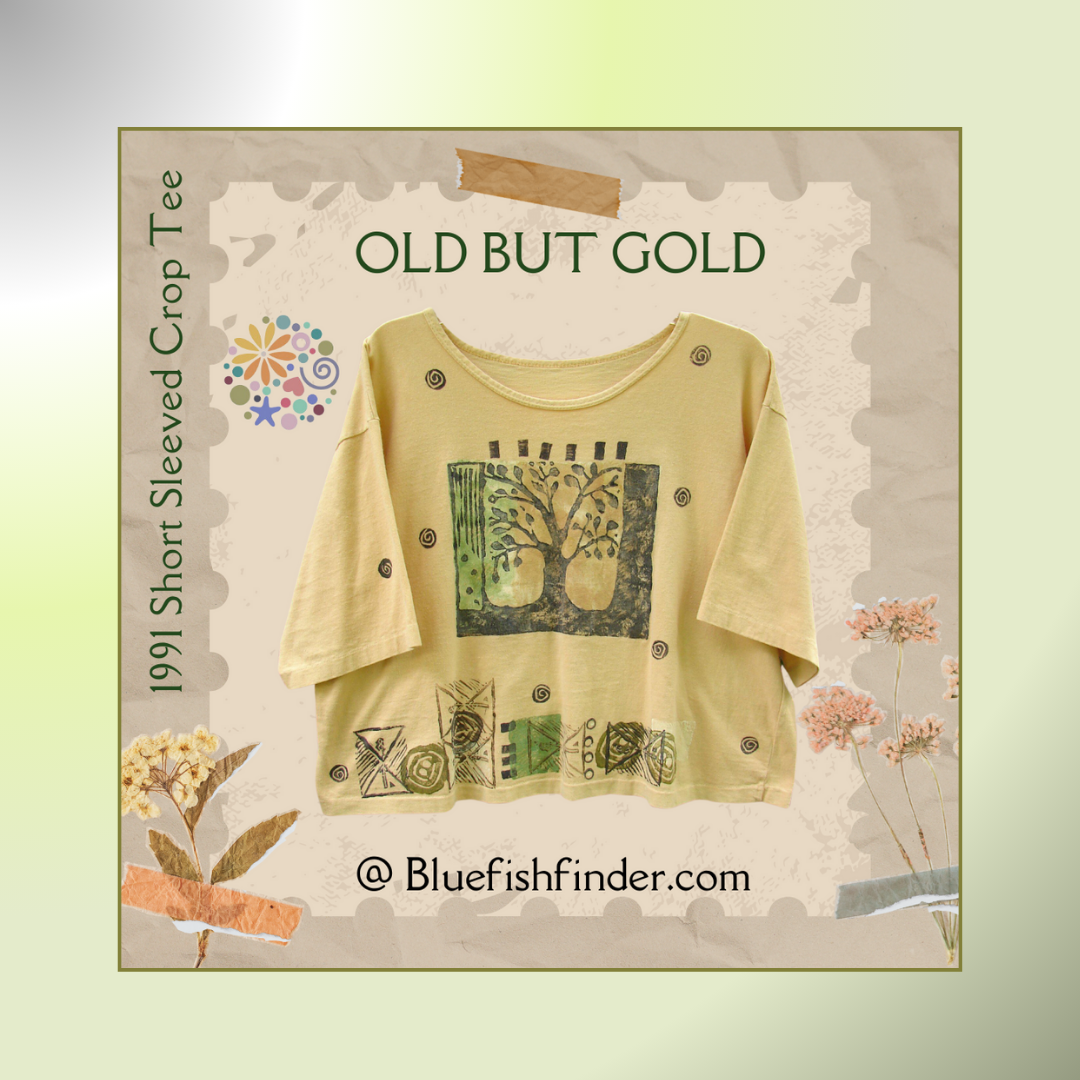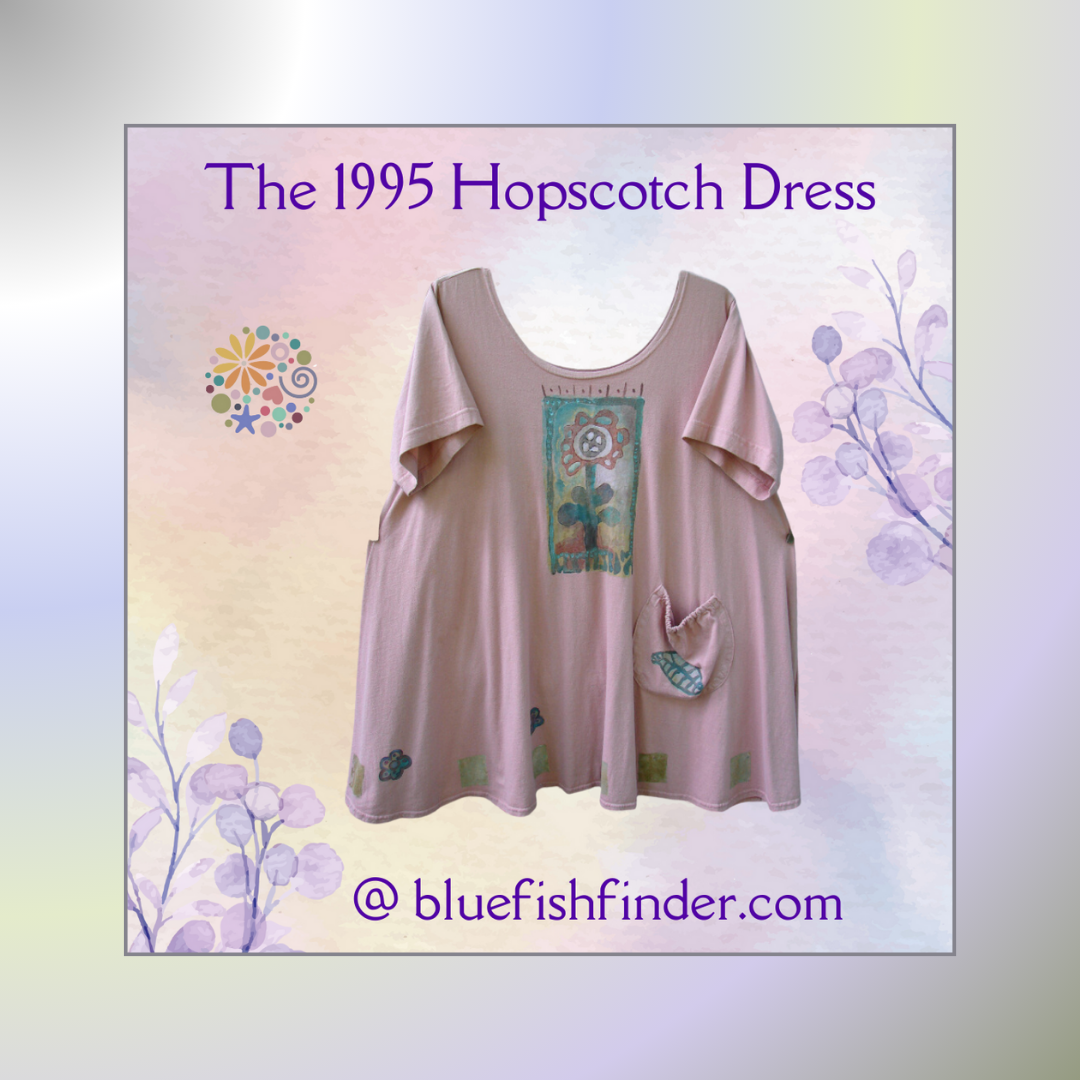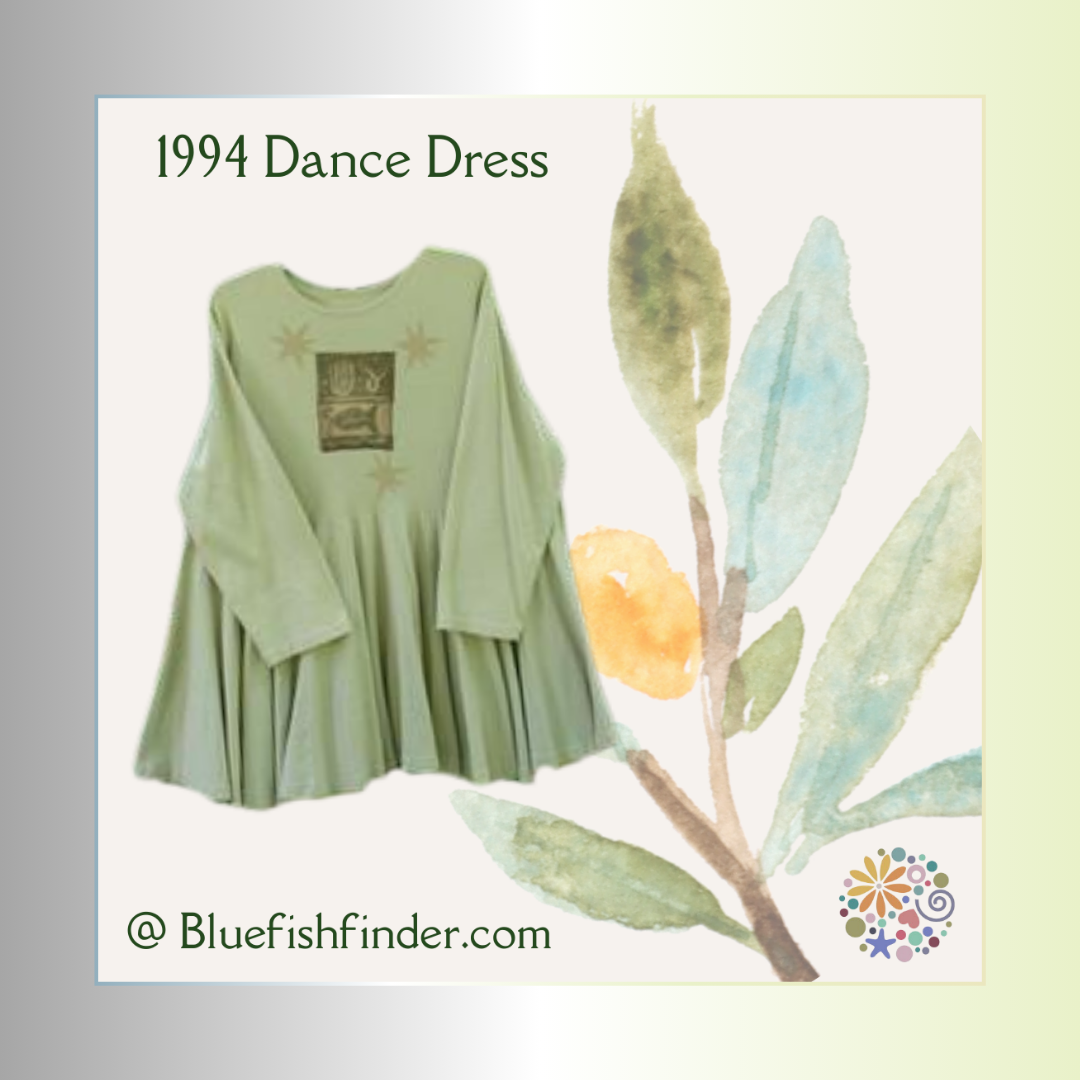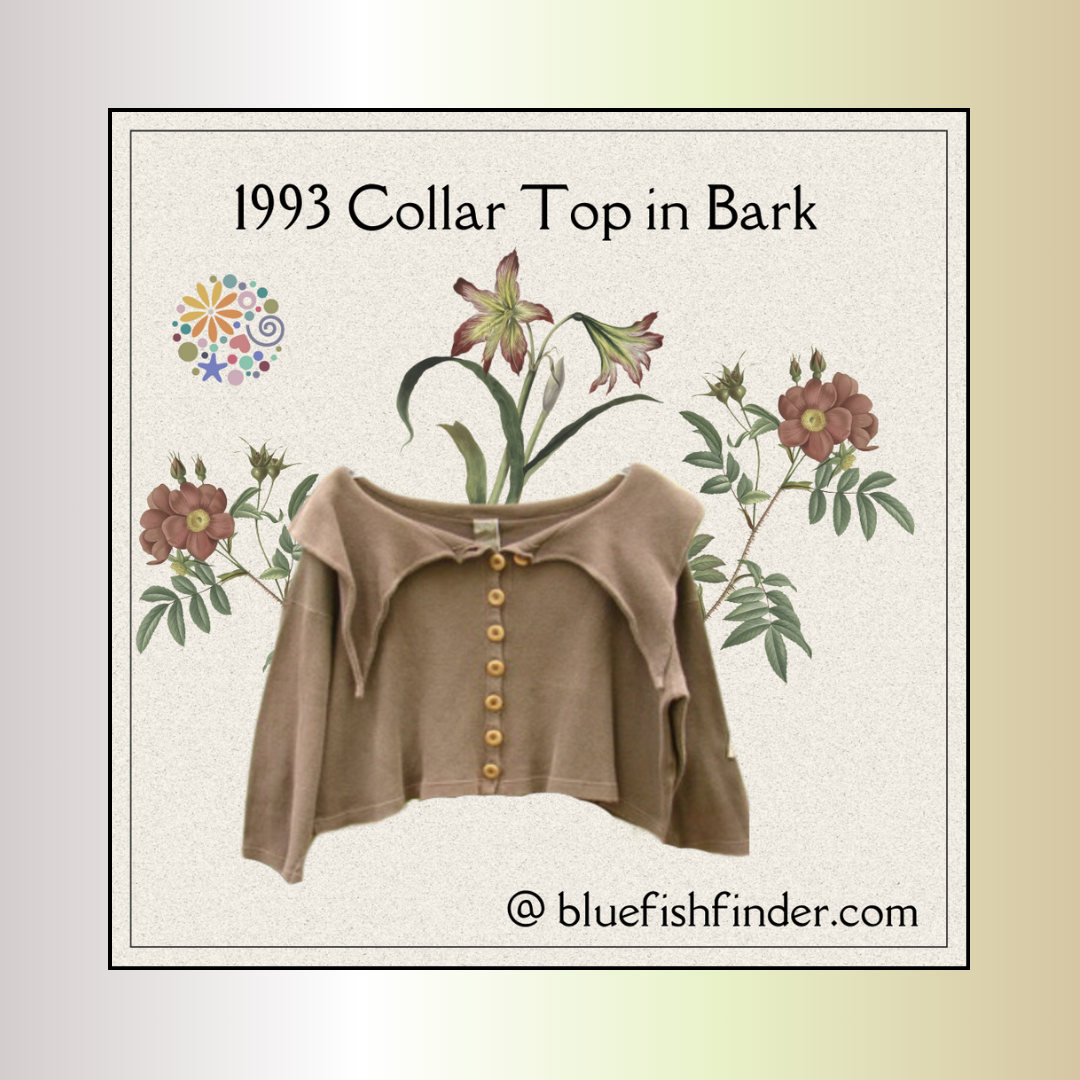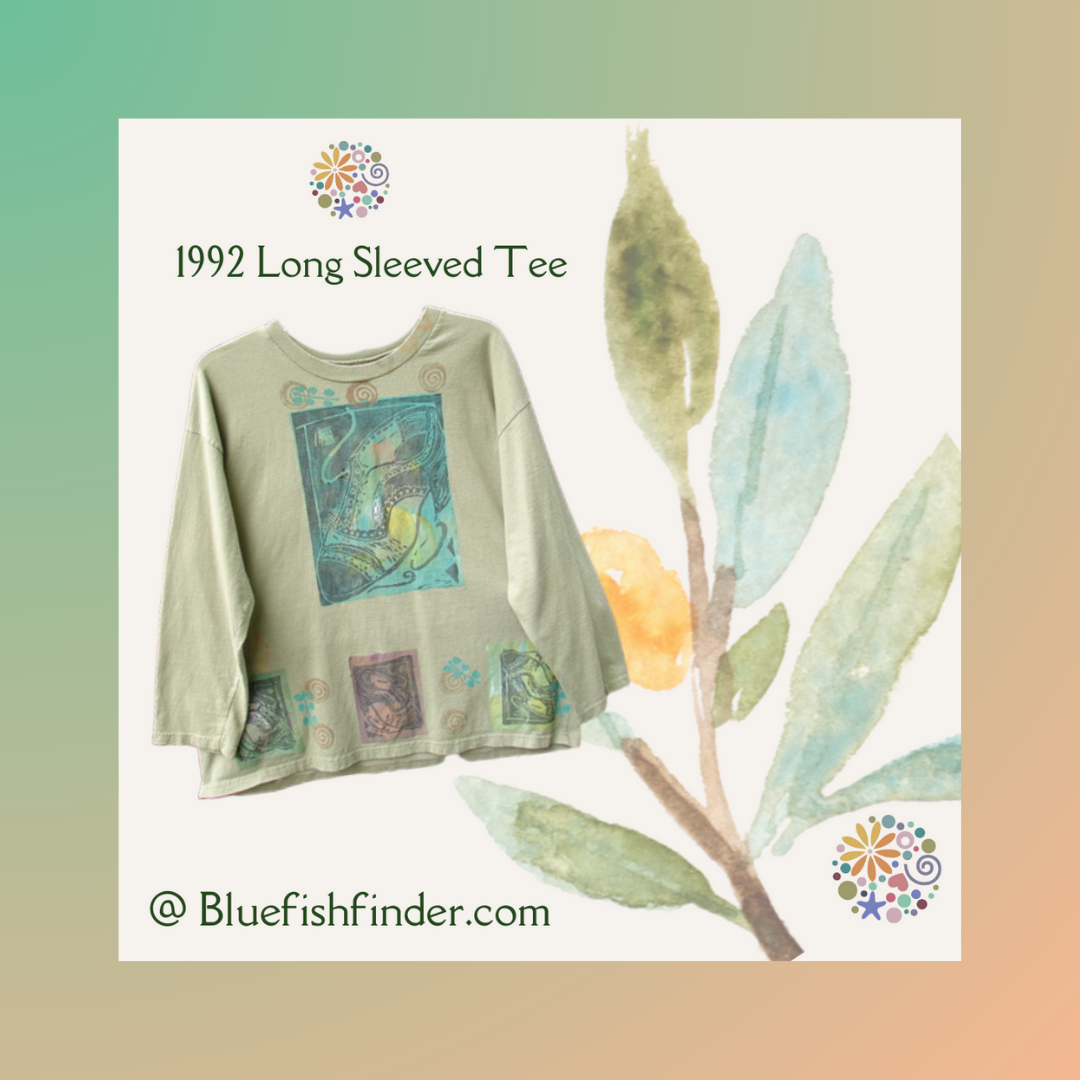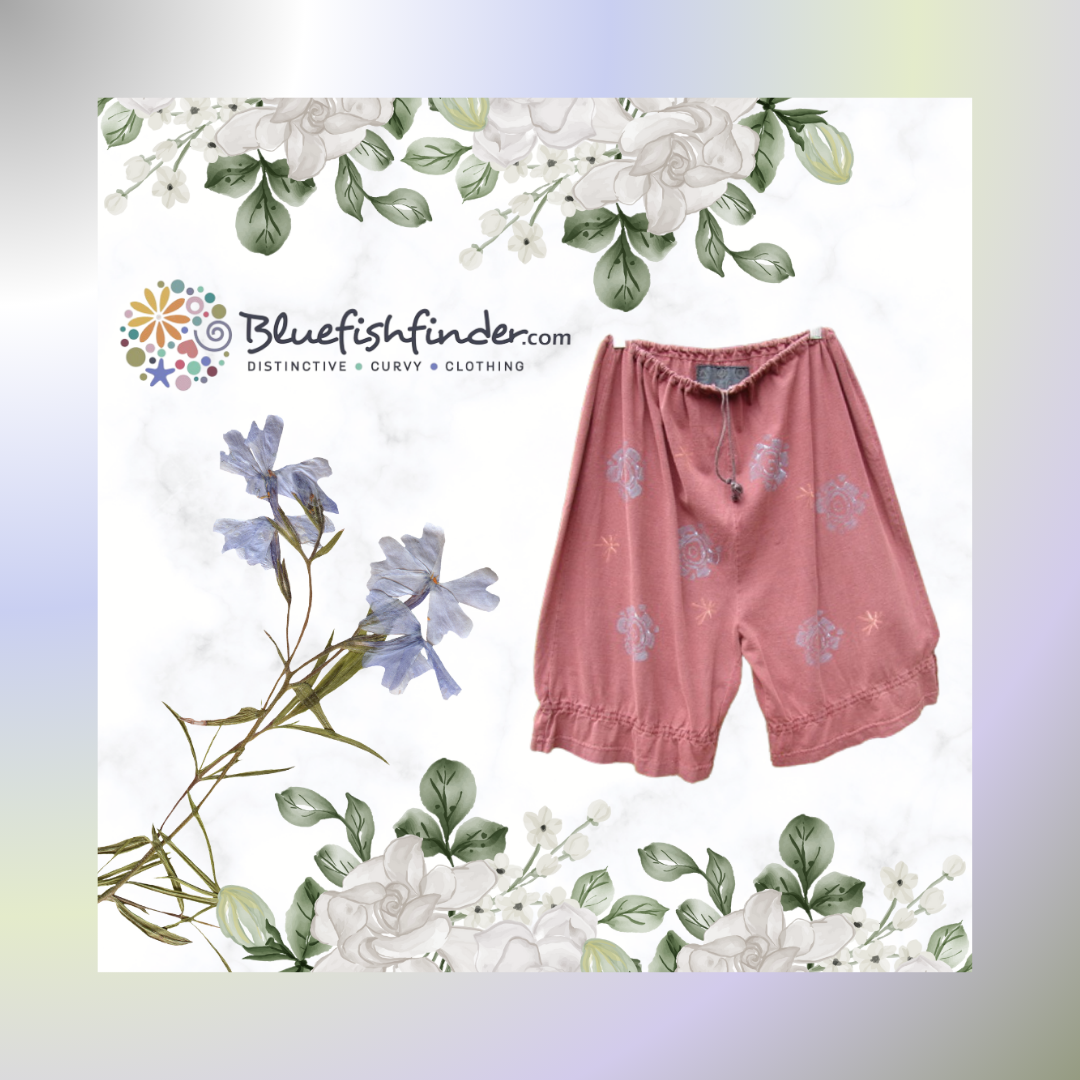Vintage Blue Fish Production Notes & Blog
2001: Vintage Blue Fish Clothing Production Notes
Blue Fish Clothing 2001 ~ Pre - Production Information: “Our raison d’etre at Blue Fish is to support self-expressive dressing as a path to encourage self-exploration and personal growth. Blue Fish...
2000: Vintage Blue Fish Clothing Production Notes
Blue Fish Clothing 2000 – Wholesale Line Sheets “There is power in examination and truth in motion.” ~ Excerpt from the 2000 Resort Catalog The year 2000 was chaos. The...
1999: Vintage Blue Fish Clothing Production Notes
Blue Fish Clothing 1999 – Wholesale Line Sheets “Speak to the Earth in a language beyond words…Your Actions.” ~Excerpt from the 1999 Summer Catalog In Spring of 1999, Blue Fish...
1998: Vintage Blue Fish Clothing Production Notes
Blue Fish Clothing 1998 ~ Wholesale Line Sheets “We are inspired by the growing deep expansive & timeless Stories.” ~Excerpt from the 1998 Spring Catalog 1998 was missing half of...
1997: Vintage Blue Fish Clothing Production Notes
Blue Fish Clothing 1997 ~ Wholesale Line Sheets “We are all beautiful when we believe in ourselves.” ~ Excerpt from the 1997 Fall Catalog Blue Fish raised about 3 million...
1996: Vintage Blue Fish Clothing Production Notes
Blue Fish Clothing 1996 ~ Wholesale Line Sheets “I grew up on a small farm in Pennsylvania. I can remember dyeing (the very clothes that I was wearing) with purple mulberries,...
1995: Vintage Blue Fish Clothing Production Notes
“Together our hands and hearts, Blue Fish grows change in positivity in the things we believe in.” ~Excerpt from the 1995 Summer Catalog, not included in this packet
1994: Vintage Blue Fish Clothing Production Notes
“Haiku joins heaven + earth, walk quietly, quickly comes the Slowing, Falling leaves and constellations call miro mysteries…Mind turns everywhere.” ~Excerpt from the 1994 Fall I wholesale line sheet
1993: Vintage Blue Fish Clothing Production Notes
“Creatures are magical today…always! (laugh), Light. Freedom of expression. Ourselves. Ideas…actions…truth + caring for people and all.” ~Excerpt from the 1993 Catalog
1992: Vintage Blue Fish Clothing Production Notes
"Once upon a time in 1992 in America on planet Earth, there was a limited Holiday line dyed Black-Sand: A warm rich black: Alternative … The styles were simple + Beauty-full-Hand Block printed by imaginative artists in Deep, mysterious colors & metallic tones equals irresistible, yes…and these clothes made people feel good and special, and we saw them smiling …” ~ Excerpt from the Holiday 1992 wholesale line sheet, which is the last page of 1992 ~
1991: Vintage Blue Fish Clothing Production Notes
“Each piece of clothing tells a story of powers through ideas and memories in symbolism of the past, the present, and the unknowable next ideas of sharing and stories and pictures.” ~Excerpt from the only 1991 Catalog
